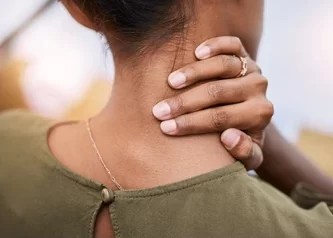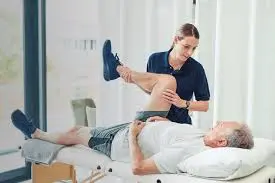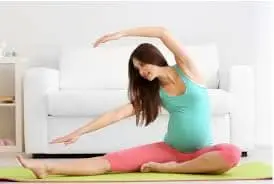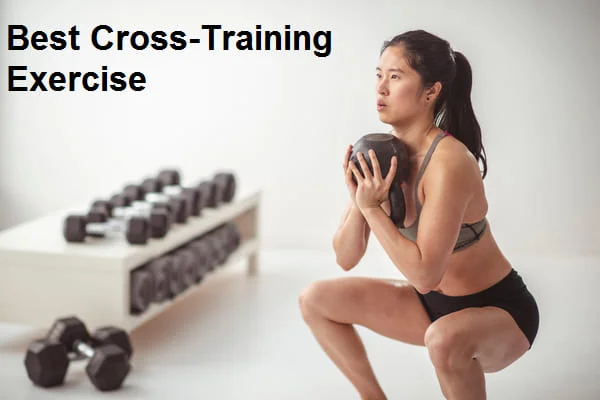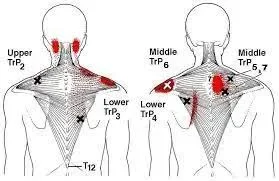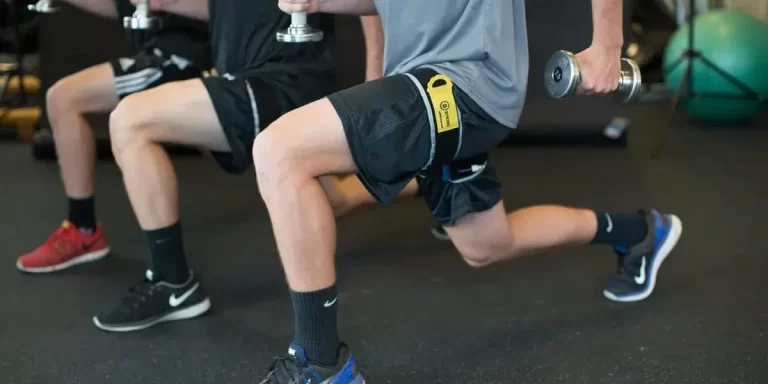Neck Stiffness
Introduction Neck stiffness is a common issue affecting people of all ages, often caused by poor posture, muscle strain, stress, or prolonged periods of inactivity. It may manifest as discomfort, limited mobility, or even sharp pain when moving the head. While generally not serious, persistent neck stiffness can interfere with daily activities, reduce productivity, and…

